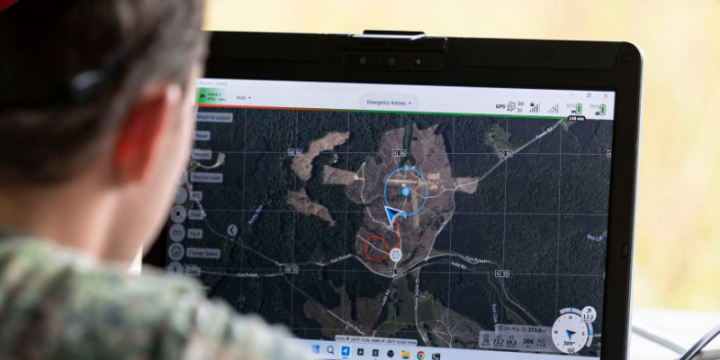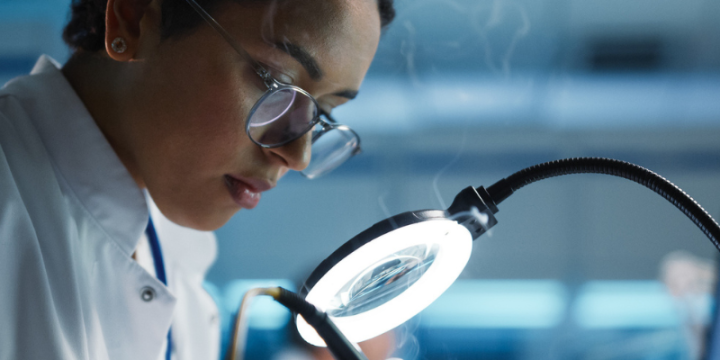Hydrogen producer HYGRO and TNO have been awarded a subsidy of 11.8 million euros (from DEI+ of RVO) to help get the chain going from sustainable hydrogen production to sale in road transport.
This is one of the first grants from the National Growth Fund Program GroenvermogenNL.
GroenvermogenNL
The application has been approved within the DEI+ scheme Hydrogen and green chemistry of the Netherlands Enterprise Agency (RVO). This scheme for pilot or demonstration projects with hydrogen technology or green chemistry opened in June and closed on 10 January. The subsidy pot was 29.4 million euros. This money comes from the National Growth Fund Program 'Green Capital for the Dutch Economy' (Groen Capital NL). Green hydrogen is an important ingredient for the energy transition and the reduction of CO2 emissions. Financial impulses from the government support this transition.
Hydrogen chain 'from wind to wheel'
HYGRO was the first company in the world to launch the 'hydrogen mill' concept; a windmill with integrated electrolysis to produce hydrogen directly at the mill.
With hydrogen as the primary energy carrier, the design of a wind turbine and that of wind farms will eventually change. Wind energy is generated more (cost) efficiently through electrolysis than with electricity.
Jan Willem Langeraar, co-founder of HYGRO: "This project will not only demonstrate the technical possibilities for an efficient chain and affordable filling stations, but above all show that sustainable hydrogen can become competitive with diesel under the current rules. It is important that the government continues to provide sufficient incentives for parties that want to purchase hydrogen-powered trucks. Scaling up will make further cost reduction possible, so that the transition will eventually take place automatically.”
Scale and volume
The development of integrated hydrogen production at wind turbines and deliveries of hydrogen to filling stations during this project will provide enough hydrogen in the North Holland region to power 50 to 80 hydrogen electric trucks on green hydrogen.
This is equivalent to 2,500 to 5,000 hydrogen electric passenger cars driving 20,000 kilometers per year and a comparable number of hydrogen electric generators for construction sites.The result of this project is a reduction of costs in the hydrogen chain and a faster growth of the use of hydrogen in mobility.
Due to the simultaneous scaling up of hydrogen production and distribution via filling stations, with the use of hydrogen by hydrogen electric trucks, passenger cars and construction equipment such as generators, the cost price of both vehicles and the hydrogen supply will fall further quickly. In the coming years, the share of hydrogen mobility will therefore increase considerably, which will lead to lower CO2 emissions, while also preventing noise, NOx and particulate matter emissions. The project provides a glimpse into the energy infrastructure of the future.
TNO: validation of the project
TNO is responsible for validating the expected energy savings and efficiency improvements in the chain from wind to wheel. TNO analyzes the efficiency improvements that HYGRO expects to achieve in electrolysis by means of 'pulsed power' and the efficiency improvements in the distribution of hydrogen by road by using the 'iBundles' developed by HYGRO. TNO will widely disseminate the research results and learning experience in the Netherlands and wider in Europe through organizations such as Hydrogen Europe Research.
Electrolysis cluster leader at TNO, Lennart Van der Burg about the hydrogen wind turbine: "This project involves a considerable subsidy amount. It is important that the data from our research also become available to other organizations within the hydrogen chain. Broad knowledge sharing is absolutely important to electrolysis development. At the moment there is very little practical data publicly available. For example, about the performance of the electrolyser under different conditions. We have a list of more than 20 parameters that we want to monitor the electrolyser on."





